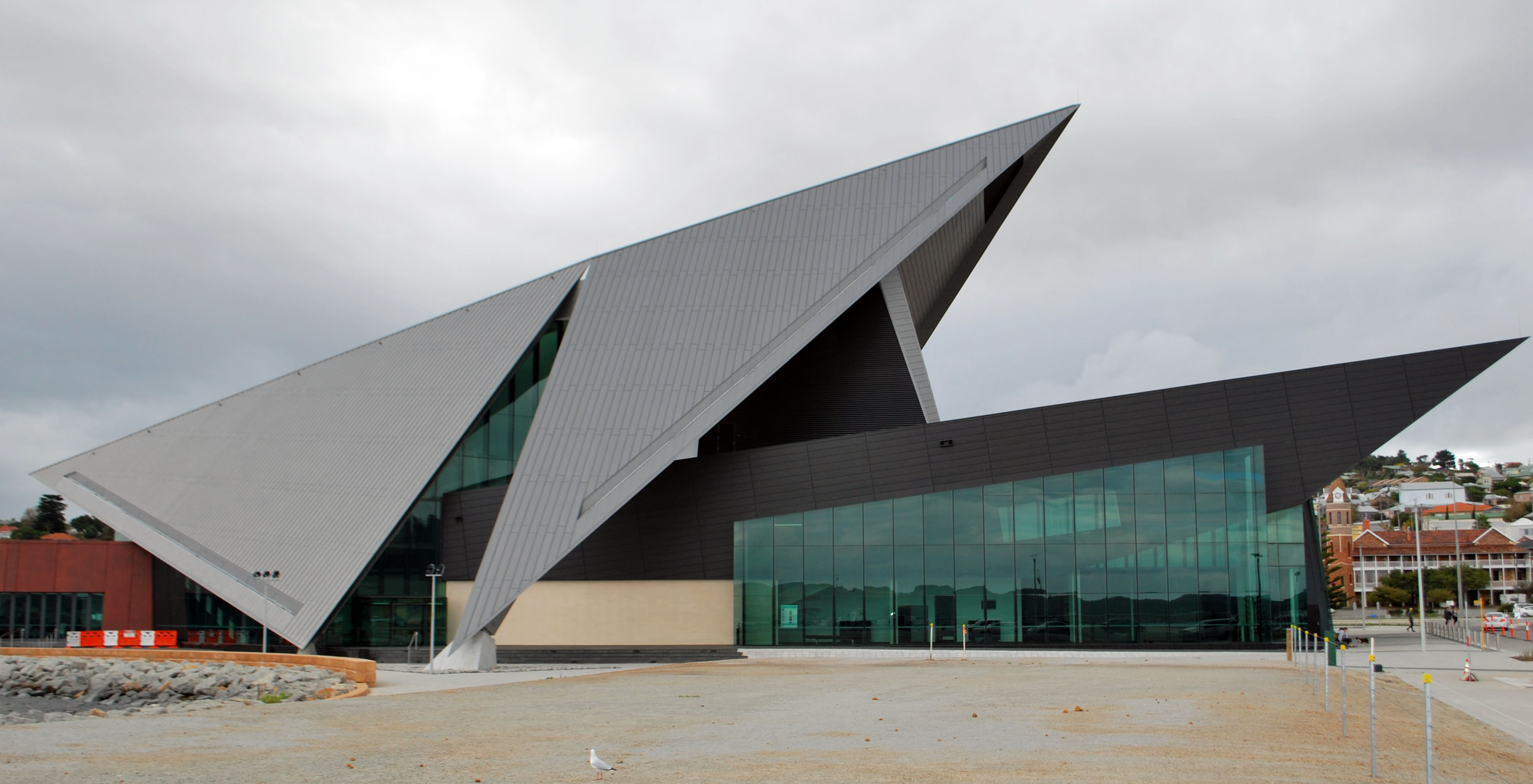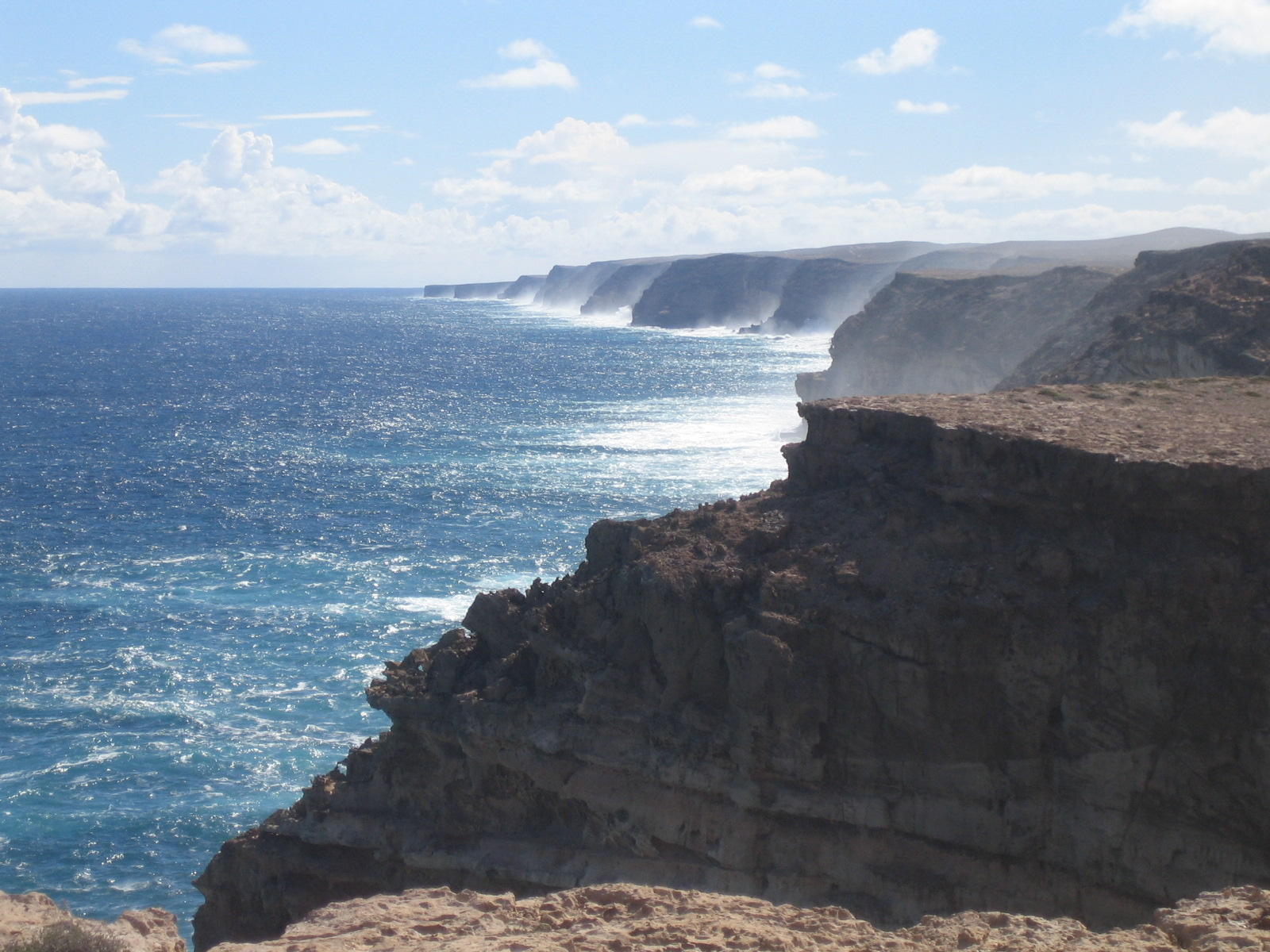|
Conostylis Aculeata
''Conostylis aculeata'', commonly known as prickly conostylis, is a flowering, tufted perennial plant in the family Haemodoraceae. It has flat leaves and yellow, hairy, tubular flowers. It is endemic to the south-west of Western Australia. Description ''Conostylis aculeata'' is a perennial tufted or multi-stemmed plant forming clumps wide and up to high. The leaves are flat, green, occasionally bluish-green, long, wide, margins usually with widely spaced spines. The flower stem is green, simple or multi-branched, long and similar length or longer than the leaves, bracts brown or green, flexible, smooth, dry and thin. The perianth is yellow on the inside and outside of the tube, hairy, long, lobes whitish inside, long, stamen upright, and borne in dense, terminal clusters. Flowering occurs from August to November. Taxonomy and naming ''Conostylis aculeata'' was first formally described in 1810 by botanist Robert Brown and the description was published in ''Prodromus Flor ... [...More Info...] [...Related Items...] OR: [Wikipedia] [Google] [Baidu] |
Australasian Virtual Herbarium
The ''Australasian Virtual Herbarium'' (AVH) is an online resource that allows access to plant specimen data held by various Australian and New Zealand herbaria. It is part of the Atlas of Living Australia (ALA), and was formed by the amalgamation of ''Australia's Virtual Herbarium'' and ''NZ Virtual Herbarium''. As of 12 August 2014, more than five million specimens of the 8 million and upwards specimens available from participating institutions have been databased. Uses This resource is used by academics, students, and anyone interested in research in botany in Australia or New Zealand, since each record tells all that is known about the specimen: where and when it was collected; by whom; its current identification together with the botanist who identified it; and information on habitat and associated species. ALA post processes the original herbarium data, giving further fields with respect to taxonomy and quality of the data. When interrogating individual specimen reco ... [...More Info...] [...Related Items...] OR: [Wikipedia] [Google] [Baidu] |
Augusta, Western Australia
Augusta is a town on the south-west coast of Western Australia, where the Blackwood River flows into Flinders Bay. It is the nearest town to Cape Leeuwin, on the furthest southwest corner of the Australian continent. In the it had a population of 1,091; by 2016 the population of the town was 1,109 (excluding East Augusta). The town is within the Shire of Augusta-Margaret River local government area, and is in the Leeuwin Ward. It is connected by public transport to Perth via Transwa coach service SW1. The town has its own airport. Augusta was a summer holiday town for many during most of the twentieth century, but late in the 1990s many people chose to retire to the region for its cooler weather. As a consequence of this and rising land values in the Augusta-Margaret River area, the region has experienced significant social change. History Noongar peoples, the Aboriginal Australian peoples of south-western Australia, inhabited the area for an estimated 45,000 years before ... [...More Info...] [...Related Items...] OR: [Wikipedia] [Google] [Baidu] |
Angiosperms Of Western Australia
Flowering plants are plants that bear flowers and fruits, and form the clade Angiospermae (). The term angiosperm is derived from the Greek words (; 'container, vessel') and (; 'seed'), meaning that the seeds are enclosed within a fruit. The group was formerly called Magnoliophyta. Angiosperms are by far the most diverse group of land plants with 64 orders, 416 families, approximately 13,000 known genera and 300,000 known species. They include all forbs (flowering plants without a woody stem), grasses and grass-like plants, a vast majority of broad-leaved trees, shrubs and vines, and most aquatic plants. Angiosperms are distinguished from the other major seed plant clade, the gymnosperms, by having flowers, xylem consisting of vessel elements instead of tracheids, endosperm within their seeds, and fruits that completely envelop the seeds. The ancestors of flowering plants diverged from the common ancestor of all living gymnosperms before the end of the Carboniferous, over 30 ... [...More Info...] [...Related Items...] OR: [Wikipedia] [Google] [Baidu] |
Commelinales Of Australia
Commelinales is an order of flowering plants. It comprises five families: Commelinaceae, Haemodoraceae, Hanguanaceae, Philydraceae, and Pontederiaceae. All the families combined contain over 885 species in about 70 genera; the majority of species are in the Commelinaceae. Plants in the order share a number of synapomorphies that tie them together, such as a lack of mycorrhizal associations and tapetal raphides. Estimates differ as to when the Commelinales evolved, but most suggest an origin and diversification sometime during the mid- to late Cretaceous. Depending on the methods used, studies suggest a range of origin between 123 and 73 million years, with diversification occurring within the group 110 to 66 million years ago. The order's closest relatives are in the Zingiberales, which includes ginger, bananas, cardamom, and others.Stevens, P. F. (2001 onwards). Angiosperm Phylogeny Website. Version 9, November 2011. Taxonomy According to the most recent classification sch ... [...More Info...] [...Related Items...] OR: [Wikipedia] [Google] [Baidu] |
Conostylis
''Conostylis'' is a genus of perennial herbs in the Haemodoraceae family, commonly known as cone flowers. All species are endemic to the Southwest Australia, south west of Western Australia. Description They have leathery, strap-like leaves which arise from the base of the plant, sometimes from underground rhizomes. Flowers usually occur in clusters (sometimes singly) on stalks which emerge from the bases of the leaves. Individual flowers have a short stalk with six tepals which are either cream, yellow, orange or purple. The tepals join to form a short tube at the base with six similar stamens attached at the top of the tube. Taxonomy The genus is the most speciose of the Haemodoraceae family, and one of six genera which only occur in the Southwest Australia bioregion; they are closely related to the well-known kangaroo paws, species of ''Anigozanthos'' and ''Macropidia''. ''Conostylis'' was described by R. Br., Robert Brown, published in his ''Prodromus florae Novae Hollandi ... [...More Info...] [...Related Items...] OR: [Wikipedia] [Google] [Baidu] |
Australian Plant Census
The Australian Plant Census (APC) provides an online interface to currently accepted, published, scientific names of the vascular flora of Australia, as one of the output interfaces of the national government Integrated Biodiversity Information System (IBIS – an Oracle Co. relational database management system). The Australian National Herbarium, Australian National Botanic Gardens, Australian Biological Resources Study and the Council of Heads of Australasian Herbaria coordinate the system. The Australian Plant Census interface provides the currently accepted scientific names, their synonyms, illegitimate, misapplied and excluded names, as well as state distribution data. Each item of output hyperlinks to other online interfaces of the information system, including the Australian Plant Name Index The Australian Plant Name Index (APNI) is an online database of all published names of Australian vascular plants. It covers all names, whether current names, synonyms or invalid ... [...More Info...] [...Related Items...] OR: [Wikipedia] [Google] [Baidu] |
Cowcowing
Cowcowing is a small town located just off the Koorda– Wyalkatchem road from Perth, south of Koorda and north of Wyalkatchem in the Wheatbelt region of Western Australia. The town originated as a railway siding on the Wyalkatchem to Southern Cross railway line and was later gazetted as a townsite in 1919. The name of the town is Aboriginal in origin and was first recorded by explorers in 1854. The name of the nearby lake recorded as "Gow gow eeh lake" has now been changed to Cowcowing Lake; the meaning of the name remains unknown. The town is a Cooperative Bulk Handling receival site. On 2 October 2022, a helicopter accident occurred near Cowcowing Lake, killing two people. Notable residents *Captain Hugo Throssell (1884–1933), awarded Victoria Cross at Gallipoli The Gallipoli Peninsula (; ; ) is located in the southern part of East Thrace, the European part of Turkey, with the Aegean Sea to the west and the Dardanelles strait to the east. Gallipoli is the ... [...More Info...] [...Related Items...] OR: [Wikipedia] [Google] [Baidu] |
Albany, Western Australia
Albany ( ; ) is a port city in the Great Southern region in the Australian state of Western Australia, southeast of Perth, the state capital. The city centre is at the northern edge of Princess Royal Harbour, which is a part of King George Sound. The central business district is bounded by Mount Clarence to the east and Mount Melville to the west. The city is in the local government area of the City of Albany. While it is the oldest colonial, although not European, settlement in Western Australia — predating Perth and Fremantle by over two years — it was a semi-exclave of New South Wales for over four years until it was made part of the Swan River Colony. The settlement was founded on 26 December 1826 as a military outpost of New South Wales for the purpose of forestalling French ambitions in the region. To that end, on 21 January 1827, the commander of the outpost, Major Edmund Lockyer, formally took possession for the British Crown of the portion of New Hol ... [...More Info...] [...Related Items...] OR: [Wikipedia] [Google] [Baidu] |
Zuytdorp Cliffs
The Zuytdorp Cliffs extend for about along a rugged, spectacular and little visited segment of the Western Australian Indian Ocean coast. The cliffs extend from just south of the mouth of the Murchison River at Kalbarri, to Pepper Point south of Steep Point. The cliffs are situated in both the Gascoyne and Mid West regions of the state. At the highest point, near Womerangee Hill, the top of the cliffs are above the sea. They are named after , a trading ship of the Dutch East India Company that was wrecked against the cliffs in 1712. Geology The Zuytdorp Cliffs are composed of Pleistocene aged limestone, a formation called the Tamala Limestone. This limestone formed by the cementation of ancient calcareous sand dunes that accumulated near the coast during episodes of the last ice age. It has been inferred that the relatively straight edge of the cliffs is due to a major fault line just off shore.Hearty, Paul J & O'Leary, Michael J (1 February 2008). Carbonate eolianites, ... [...More Info...] [...Related Items...] OR: [Wikipedia] [Google] [Baidu] |
Haemodoraceae
Haemodoraceae is a family of perennial herbaceous angiosperms (flowering plants) containing 15 genera and 102 known species, sometimes known as the "bloodroots", found throughout the Southern Hemisphere, from Australia and New Guinea to South Africa, as well as the Americas (from extreme southeastern USA through tropical South America). Perhaps the best-known (and most popular in cultivation) genera from the family are the unusual ''Anigozanthos'' and '' Macropidia'', both commonly called "kangaroo-paw" or "kangaroo's paw" due to their fuzzy flowers. These genera are hugely popular in both private gardens and public landscaping projects in Mediterranean climate regions, such as in Chile, northwestern Mexico (Baja California), Southern California (and the Bay Area) and Western Australia, among other locations; the kangaroo-paws are valued for their hardiness, adaptability and low irrigation requirements, once established. Taxonomy The Haemodoraceae were first described by Robe ... [...More Info...] [...Related Items...] OR: [Wikipedia] [Google] [Baidu] |
Botanical Name
A botanical name is a formal scientific name conforming to the ''International Code of Nomenclature for algae, fungi, and plants'' (ICN) and, if it concerns a plant cultigen, the additional cultivar or cultivar group, Group epithets must conform to the ''International Code of Nomenclature for Cultivated Plants'' (ICNCP). The code of nomenclature covers "all organisms traditionally treated as algae, Fungus, fungi, or plants, whether fossil or non-fossil, including blue-green algae (Cyanobacteria), Chytridiomycota, chytrids, oomycetes, slime moulds and Photosynthesis, photosynthetic protists with their taxonomically related non-photosynthetic groups (but excluding Microsporidia)." The purpose of a formal name is to have a single name that is accepted and used worldwide for a particular plant or plant group. For example, the botanical name ''Bellis perennis'' denotes a plant species which is native to most of the countries of Europe and the Middle East, where it has accumulated variou ... [...More Info...] [...Related Items...] OR: [Wikipedia] [Google] [Baidu] |


